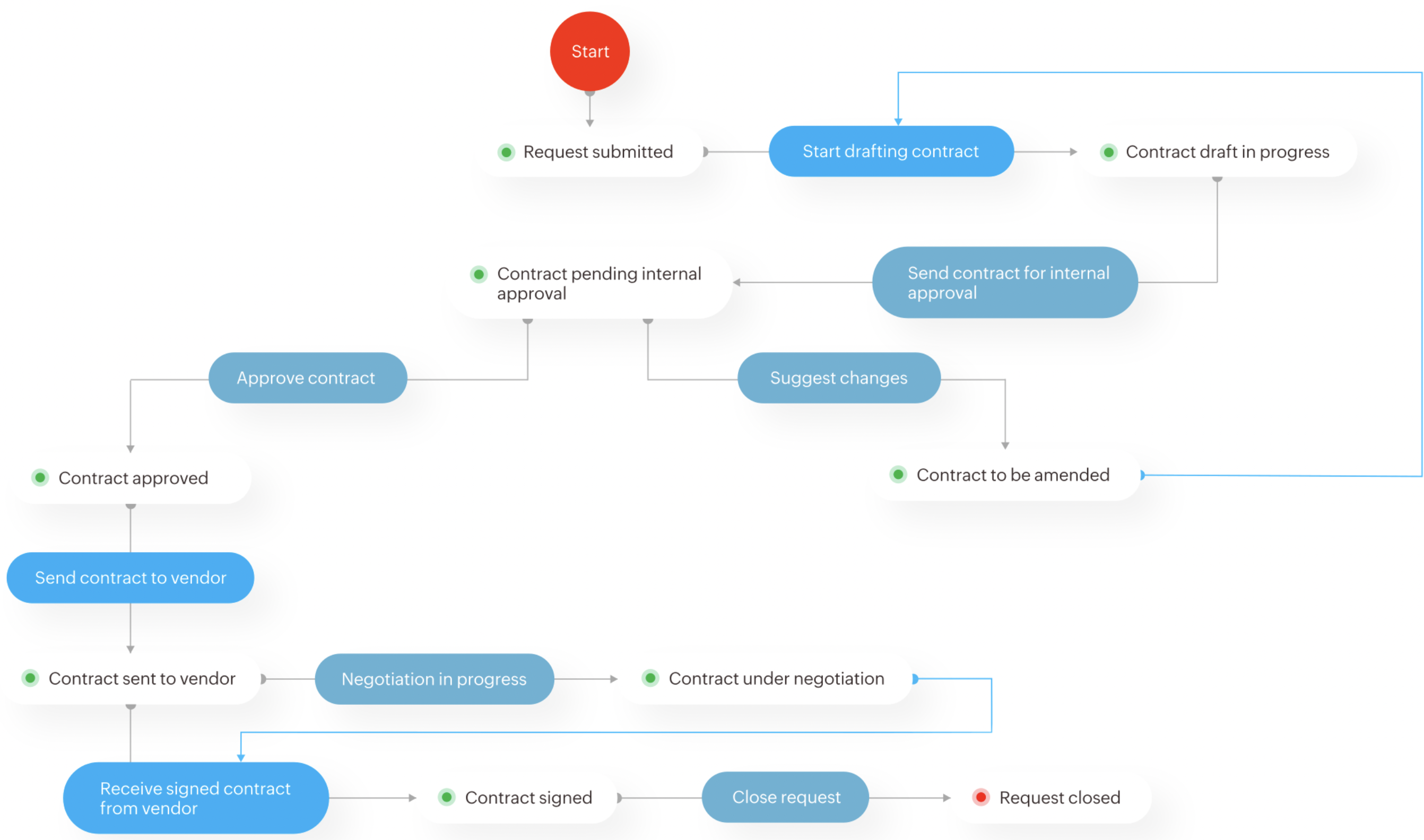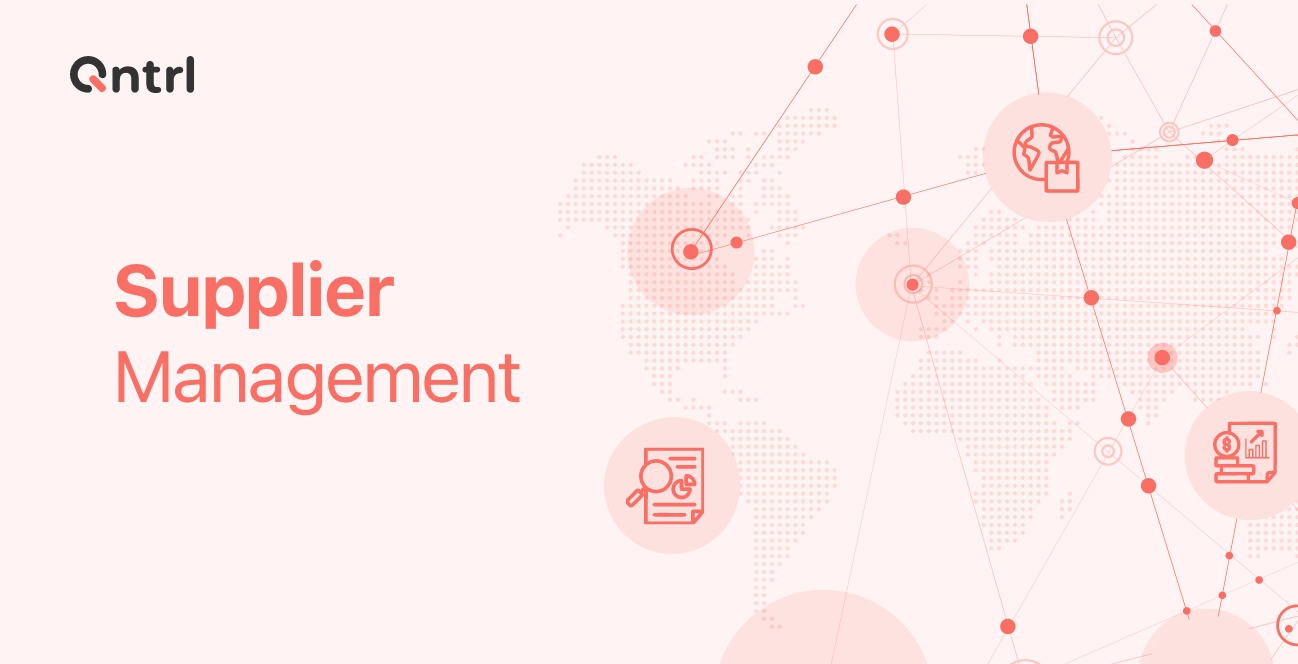A confusing, burdensome procurement process can crowd out essential strategic thinking about the outcomes a contract should achieve. Efficiency is key to transforming procurement processes to achieve tangible process outcomes without errors.
Recognizing inefficient processes
Ineffective processes often demonstrate review cycles and excessive administrative demands. Ambiguity in assigning roles among procurement, program, and legal personnel and inconsistencies in the sequence of steps may lead process managers to handle vendors unfamiliar with the procedures.
Qualities of an effective process
A successful procurement procedure should minimize time spent on tasks, enabling focus on strategic planning. It should outline steps that are easily comprehensible by all involved parties. Incorporating input from individuals at the right junctures is vital. Additionally, recognizing and valuing vendors and their expertise is crucial.
Diagnosing problems with process mapping
To propose impactful process improvements, accurately diagnosing the problems is essential. This is where process mapping becomes a powerful diagnostic tool.
What is a process map?
A process map is a diagram/visual representation of steps within a given process, highlighting the people involved and the resources required. It is often used in continuous improvement efforts.
Benefits of process mapping
Process maps serve as tools for collecting information, building consensus, minimizing inefficiencies, shaping or enhancing processes, aiding in prioritization or strategic alignment, and pinpointing areas that require attention.
In addition to comprehending procedures, process mapping contributes to objectives for procurement departments by;
- Garnering support for process enhancements and emphasizing the significance of procurement through collaborative identification of bottlenecks and obstacles.
- Spotting areas of uncertainty or policy misinterpretations that can be clarified through improved communication and guidance.
- Engaging with the public and suppliers regarding procurement procedures to simplify the procurement process.
Crafting Your Inaugural Process Map
The first process map you create should reflect the situation rather than an ideal scenario. Typically presented as a flowchart, with shapes and arrows indicating stages of the process, a process map progresses from left to right, with each shape denoting an individual's role and tasks.
Steps to create a process map
Identifying the process to be mapped
Each procurement procedure comprises contracts, Request for Proposals (RFPs), informal purchases, and P cards. Begin with a process that has led to confusion or delays in your area. If the process is lengthy or intricate, it may necessitate mapping sessions.
Engage the right audience
Look beyond your team. To establish agreement and gain support from stakeholders, individuals should be involved in the process steps of the central purchasing department. Consider including departments serving customers, such as Legal, Finance, Administration, and Data or IT. Frontline employees often possess a better understanding of the process than managers, so they should not be left out.
Collaborate on building the process flowchart
Initiate your mapping session with those engaged in the process in a group setting. Hold sessions if required for processes. The objective is to achieve a shared comprehension of the process by identifying;
- The stages within the process.
- Who is accountable for each stage.
- The resources associated with each stage.
To enhance the sessions efficiency offer an overview of the process to kickstart discussions. Obtain any details through discussions, with stakeholders.
Build a sample process map

Addressing and resolving challenges: A step-by-step guide
After finalizing your process map, it's time to leverage it to drive significant changes. This involves gaining staff buy-in and focusing efforts strategically.
Detailed analysis of your process map
A thorough examination of your process map involves starting by working with the individuals involved in creating it. Review each step meticulously to identify any challenges. Look for steps, such as multiple review rounds or extensive due diligence that may be time-consuming.
Assess if there are steps for minor tasks and consider adding any missing elements to enhance the process's effectiveness, strategic approach, or overall value. Ensure consistency by verifying that each step is followed and addressing any discrepancies or missed steps. Lastly, evaluate whether the appropriate personnel are engaged at the process stages.
Evaluating barriers to change
When assessing barriers to change, it's crucial to acknowledge that change can disrupt existing routines, impact job performance, and sometimes evoke feelings of loss—even if redundant tasks are eliminated. Recognize that staff in procurement process cycles have responsibilities, values, and conflicting objectives.
Approach change with empathy by understanding stakeholders' concerns and emotions when the rationale for change is clear. Focus on crafting solutions that prioritize adaptability and long-term effectiveness over fixes.
Making trial adjustments
Trying out changes is a way to show how process enhancements can make a difference and encourage adoption. It's best to start with adjustments to completely revamp everything all at once.
Testing changes selectively can be helpful; consider applying these adjustments to procurement scenarios or within a section, department, or organization. When introducing your trial projects approach, addressing any pushback and emphasizing the advantages is thoughtful.
Communication and engagement
Clear communication is key to improving processes. Share visual representations of your processes. Explain the steps involved in procurement, including information about timeframes and responsibilities. Highlight the changes being tested and provide suggestions on how other teams can implement improvements.
Involve managers and frontline staff in discussions to gather input and modify plans. Additionally, training sessions should be organized to support staff from departments in replicating enhancements.
Leveraging data for performance management in procurement
Effective data utilization is crucial for performance management and evaluation in procurement processes. Analyzing various metrics can give you valuable insights into your procurement operations.
Key performance metrics
Cycle times: Measure the number of business days each procurement process takes. Identifying the longest stages can highlight areas needing improvement. Ensure you have clear timestamps marking the start and end of different stages to collect this data accurately.
Cost analysis: Assess the cost of each step by multiplying the estimated hours spent by the hourly rates of staff involved. This helps in understanding which stages are the most resource-intensive.
Flow analysis: Track the number of procurements processed annually or quarterly and analyze the breakdown by solicitation type (e.g., ITB, RFP) or product/service category.
Role delegation: Determine which departments or staff members are responsible for the most steps and identify who is crucial at each stage of the procurement process.
Practicing procurement process mapping using BPM
Engaging in process mapping exercises through tools like BPM is essential for building efficient procurement processes. Here’s how to practice:
Understand process mapping: Recognize the utility of process mapping as a diagnostic tool.
Build a working process map: Create a detailed process map for your procurement operations in a low-code procurement process template.
Achieve shared understanding: Ensure everyone understands the steps, time, resources, roles, and current pain points in the process.
Reviewing and locking in the process map
Designated anchor: Ensure each step has a designated responsible party.
Required forms and resources: Confirm the necessary documentation and resources are noted.
Current reality: Reflect the actual current process, not an idealized version.
Standard tasks: Ensure tasks are standard and required for all procurements in this process.
For the overall process:
Complete stages: Verify all stages and collections of steps are included.
Identified parties: Ensure all relevant parties (Purchasing, departments, Legal) are involved.
Alignment: Address any areas of disagreement or misalignment.
In summary, focusing on these aspects can create a more efficient, transparent, and well-understood procurement process that leverages data for continuous improvement.








